Compilations and Box Sets
Ever since the beginning of the rock era, there have been compilations. As we mentioned in our very first special feature on The Album, long playing vinyl albums were simply a collection […]
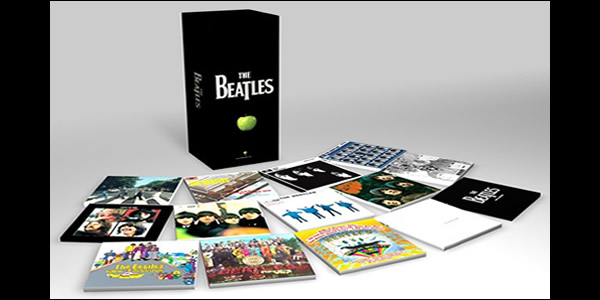
Ever since the beginning of the rock era, there have been compilations. As we mentioned in our very first special feature on The Album, long playing vinyl albums were simply a collection […]

Buy Traveling Wilburys Vol. 1 “Super Groups” were commonplace during the seventies and eighties, often causing much hype which was rarely surpassed by the music itself. But in the case of the Traveling […]
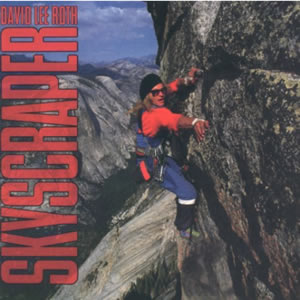
Buy Skyscraper David Lee Roth‘s second full-length solo album, the commercially successful Skyscraper, has had mixed critical response since it was released in 1988. This album, while continuing much of the same good-time-hard-rock […]
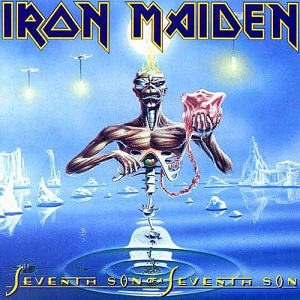
Buy Seventh Son of a Seventh Son One of Iron Maiden’s most popular albums, Seventh Son of a Seventh Son has the dual properties of being the last of their “classic” era and the first […]
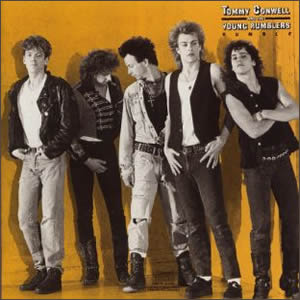
Buy Rumble Tommy Conwell and the Young Rumblers, a popular Philadelphia area “bar band”, caught the attention of Columbia Records when their 1986 independently released album, Walking on the Water, sold very well […]
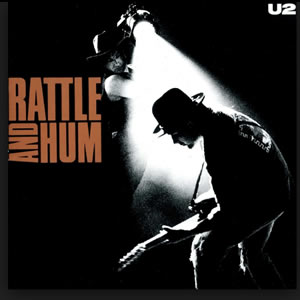
Buy Rattle and Hum With some major commercial success in the bag by 1988, U2 decided to try something different. The ambitious double length LP Rattle and Hum is a hybrid of new […]

Buy Outrider Although Jimmy Page had a pretty rich post-Led Zeppelin career, he only released one solo studio album, Outrider, in 1988. Originally intended to be a double album, the project was pared […]
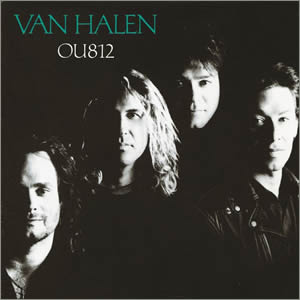
Buy OU812 Following the success of the group’s first #1 album, 5150 (as well as the mammoth tour which followed), Van Halen scored similar success with the followed-up OU812 in 1988. These were […]
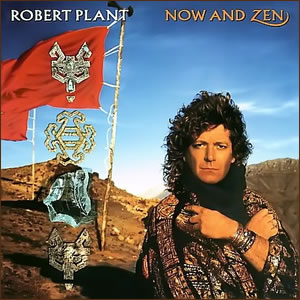
Buy Now and Zen Robert Plant launched his post-Led Zeppelin solo career with two fine albums, Pictures at Eleven, in 1982 and, The Principle of Moments , in 1983. His career then got […]
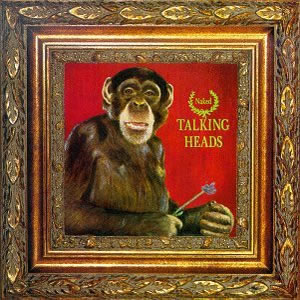
Buy Naked Talking Heads eighth and final album was Naked , released in 1988. The album was an attempt at a quasi-concept album which brings the listener to an ironically serene world following […]